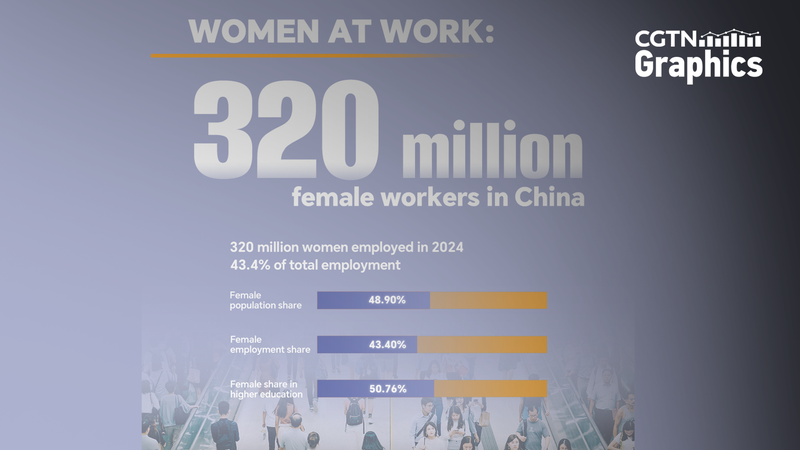In a surprising turn, the Chinese mainland saw its carbon dioxide emissions drop by 2.7 percent in the first half of 2025, while the U.S. experienced a 4.2 percent rise. Data from Carbon Monitor, a global scientific project offering near-real-time CO2 estimates, highlights how a mix of clean-energy policies and shifts in fuel use are rewriting the emissions playbook.
On the Chinese mainland, investments in renewable energy and stricter efficiency standards helped curb fossil-fuel use. Solar and wind installations soared in early 2025, offsetting demand for coal and oil. Meanwhile, in the U.S., a recent resurgence in coal-fired power plants—driven by energy security concerns—pushed emissions upward.
“This flip in the emissions trend underscores the dynamic nature of global energy markets,” says a lead analyst at Carbon Monitor. “Tracking daily CO2 levels lets policymakers and businesses respond faster to emerging risks.”
For business and tech enthusiasts, this shift may signal new opportunities in clean-tech innovation. Entrepreneurs could tap into growing demand for energy storage and carbon-capture solutions. Thought leaders will watch whether the U.S. reversal sparks fresh debates on sustainable growth, while young global citizens can follow how shifting policies affect everything from travel to investment strategies.
As the world eyes net-zero targets, 2025’s data shows that the path to lower emissions isn’t linear. The challenge now is for countries and regions to leverage real-time insights, ramp up green investments, and keep the momentum on the right side of the curve.
Reference(s):
cgtn.com


